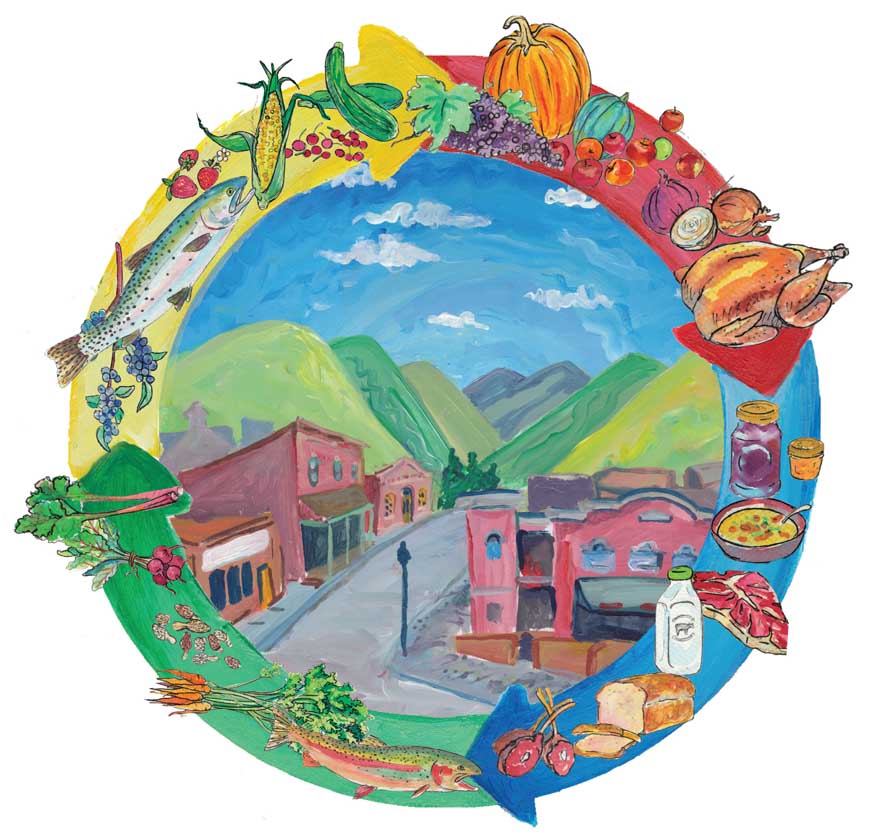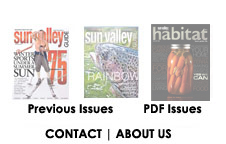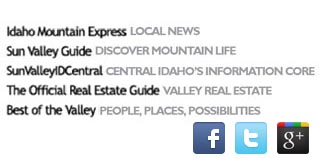
| Ketchum: The Next Ecovillage? Dale Bates, co-founder of Community Rising, an action group for positive change, argues the case for creating a year-round local food economy. by Dale Bates How can we live in a way that is sustainable for our planet and fulfills our life potential? This may be the single most significant question of our time. At a fundamental level, we know the message that we can save the world by consuming "green" products or changing a light bulb is absurd. But it leaves us wondering: What choices can we make that are effective and will improve our quality of life? Last year at the Ketchum Community Development Corporation's public workshop, 64 local residents from across all age, income and political demographics gathered to ask the question, "What is our common vision for a vibrant, sustainable community?" One of the common-ground statements agreed upon unanimously by the assembled crowd was a commitment to develop a practical farm-to-table food distribution network in the valley. |
After some further research we were surprised to see many of the resources already in place. We have plenty of land with intact farms and local agriculture knowledge. There is access to good water and an ability to work with the high-desert climate. There is a small but growing and committed group of farmers dedicated to planting and harvesting "real" food. There are well-established farmers' markets in Ketchum and Hailey. Local food is available at grocery stores and specialty shops, and above all we have Idaho's Bounty. This visionary co-op is a year-round virtual farmers market. Log on and order your food, and it is delivered to central locations in the valley every week. Idaho's Bounty's work in setting up this distribution network has enabled many growers to bring food to our tables 12 months of the year. It has been instrumental in educating, marketing and creating a viable food network in the Wood River Valley. |
|
Copyright 2012 Express Publishing Inc.
All Rights reserved. Reproduction in whole or in part in any form or medium without express written permission of Express Publishing Inc. is strictly prohibited. Sun Valley Guide and Habitat magazines are distributed free, four times a year to residents and guests throughout the Sun Valley, Idaho resort area communities. To subscribe to Sun Valley Guide and Habitat magazines visit http://svguide.com/subs |


